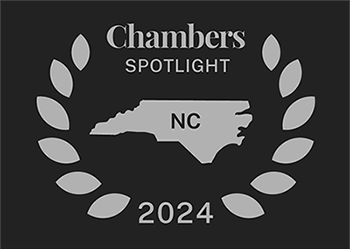The Small Business Reorganization Act of 2019 (SBRA) became effective on the eve of the economic free fall stemming from the COVID-19 pandemic. Longleaf Law Partner’s bankruptcy law expert, Cindy G. Oliver, explains the new law in our 13-part series, Bankruptcy Buzz.
Part 2 of 13:
A small business debtor under the new Subchapter V of Chapter 11 can be an individual or an eligible business entity that engages in commercial or business activities unless the primary activity is the business of owning single asset real estate. At least 50% of a small business debtor’s debt must have arisen from the debtor’s commercial or business activities. Initially, when the Small Business Reorganization Act (SBRA) became effective on February 19, 2020, the debt threshold was $2,725,625.00, subject to an inflationary adjustment every three years. But the debt ceiling quickly jumped to $7,500,000.00 as a result of the CARES Act enacted on March 27, 2020.
This new debt ceiling is only applicable for one year, at which time the threshold will be reduced to $2,725,625.00. Unless Congress extends the applicable period for the $7,500,000.00 threshold, it is not unreasonable to predict a surge of Subchapter V bankruptcy filings in the 1st quarter of 2021, prior to the March 26, 2021 sunset date. In order to proceed under the more streamlined reorganization process of Subchapter V, a small business debtor must elect to do so. Otherwise, the small business debtor will proceed under the traditional and more expensive Chapter 11.
The information provided in this article does not, and is not intended to, constitute legal advice. No action should be taken in any particular circumstance or fact situation with reliance upon the information contained in this article without obtaining the advice of an attorney.


